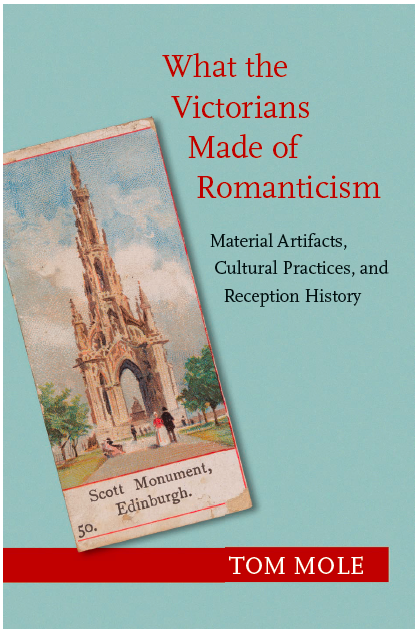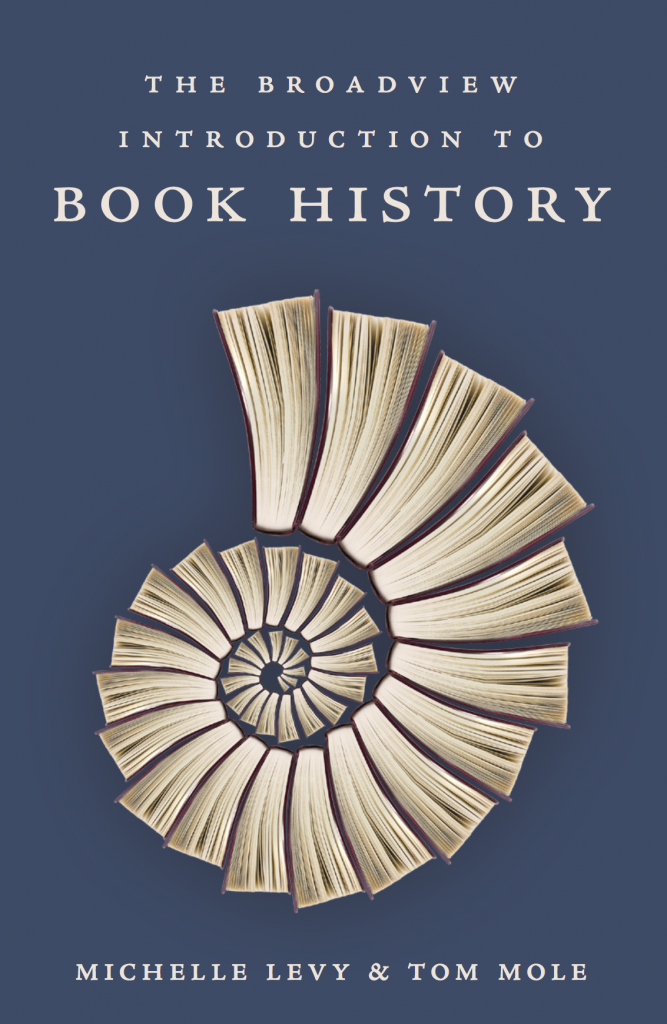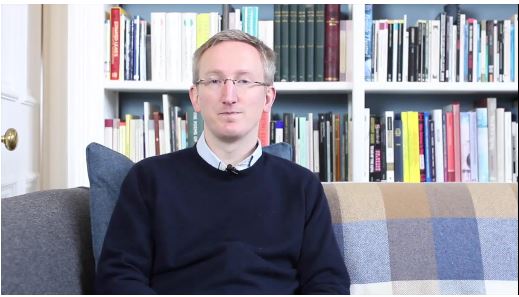The Blackwood's Bicentenary Conference, University of Edinburgh, 25-26 July 2017.

Tom Mole is Reader in English Literature and Director of the Centre for the History of the Book at the University of Edinburgh in Scotland. His research interests include: book history and print culture; literature of the Romantic period in Britain, especially Lord Byron; Romantic periodicals and reviews; the cultural history of celebrity; and the theory and practice of interdisciplinarity. Contact him at tom.mole@ed.ac.uk.

The Blackwood's Bicentenary Conference, University of Edinburgh, 25-26 July 2017.

"A major contribution to our understanding of Romanticism, not only what it was but also what it became." Clifford Siskin
I’m off to the Woodpeckings Conference at the British Museum in London later this week to give a paper. I’ll be talking about Victorian attitudes to illustrated books.
When Victorian readers encountered Romantic-period writings, they were not usually reading Romantic-period books. Instead, they mostly encountered Romantic writing in new editions, which supplied existing works with a new bibliographical format. Retro-fitting Romantic works with illustrations offered a way to naturalise them in the new media ecology and renovate them for a new generation of cultural consumers. Victorian commentators often identified illustrated books as a characteristically modern phenomenon. When the publisher Robert Cadell claimed in 1844 that his was ‘the age of graphically illustrated Books’, he reflected a widespread understanding among publishers and booksellers that the new popularity of book illustration had recently made illustrations a virtual necessity for commercial success. This paper will argue that many Victorians thought that the progress of book illustration was another manifestation of the generational shift that separated them from the Romantic period. They insisted not only that illustrated books were characteristic of the current moment, but also that their quality was one of the things that set that moment apart from the preceding age. I conclude that illustrations were often credited with the power to renew texts from the past and make them newly attractive in the present.
The conference has been organised by the Dalziel project at Sussex University
I’ve started correcting the proofs for my new book What the Victorians Made of Romanticism. The book will be published by Princeton University Press in the autumn. Correcting proofs is a painstaking business, but so far there are very few errors. Publishers hate authors who change their mind about things once the book has been typeset, because changes at this stage are expensive and delay production. So it’s too late to make any big changes to the book now.

Tomorrow I’ll be launching the new book that I’ve written with Michelle Levy – The Broadview Introduction to Book History – at an event at Blackwell’s Bookshop on Edinburgh’s South Bridge. There’ll be wine and, of course, a chance to buy the book. The launch starts at 6.30pm – more details here.
Next week I’ll be giving a talk at the University of Uppsala in Sweden. The talk is called ‘What the Victorians Made of Romanticism’ and will outline some of the main arguments that underpin my new book. I’m looking forward to sharing these arguments and getting to discuss them with people before the book appears. While I’m in Sweden I’ll also be leading the ‘final seminar’ for a doctoral candidate at the University of Uppsala. Unlike in the UK and the US, where there’s a ‘viva voce exam’ or a ‘dissertation defence’ after the thesis is complete, in Sweden they send a draft of the thesis to an external examiner about eight months before it’s finished. That way the candidate gets to incorporate the examiner’s feedback in the final version of the thesis before it’s submitted.
Next week I’m going to the University of Vechta in Germany to give one of the keynote lectures at the ‘Lost Romantics’ conference organised by Norbert Lennartz. Also on the programme are Frederick Burwick, Richard Sha, Richard Marggraf Turley, Michael O’Neill, Lilla Crisafulli and Fiona Stafford. I’ll be talking about the remarkable John ‘Walking’ Stewart. In his seventy-five years, Stewart walked across most of the known world, tramping from India to England, detouring through Ethiopia and into unmapped regions of Africa, visiting the Arab and Mediterranean countries, travelling on foot across much of Europe as far east as Russia and as far north as Lapland, before crossing the Atlantic to walk around North America and into northern Canada. Along the way, he produced a fascinating and eccentric series of books expounding his philosophy. He was friends with William Wordsworth and Thomas De Quincey, and in the last two decades of his life, he was a well-known figure walking London’s streets and engaging passers-by in conversation. My lecture is called ‘Catching up with Walking Stewart’.

"No other text summarizes the multiple disciplinary contributions to this field across such a wide scope." Johanna Drucker

In this series of short talks recorded for Massolit, I explore some of William Wordsworth’s most famous poems.

‘Improving Shelley in Victorian Sermons’, BARS, York University - 27-30 July 2017